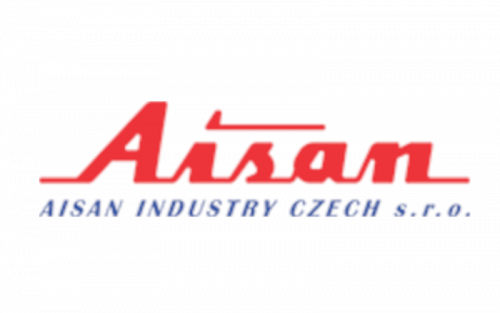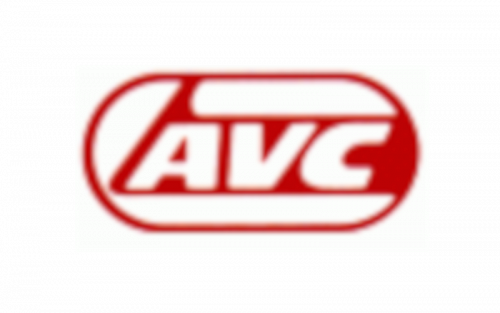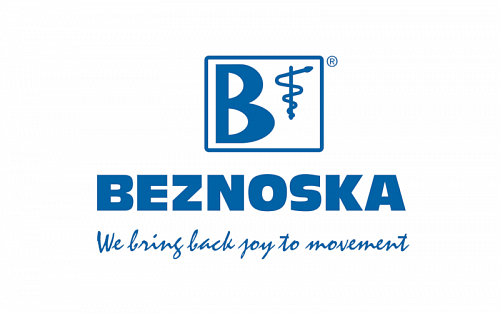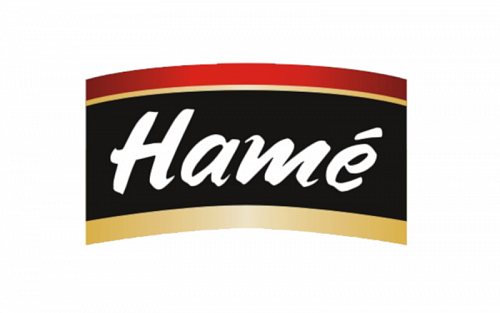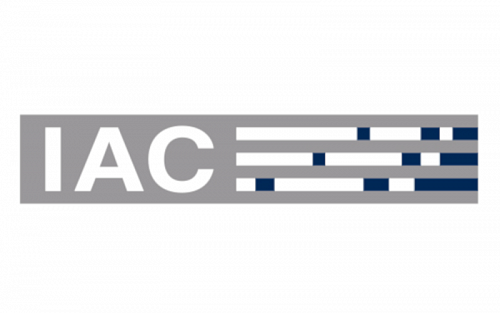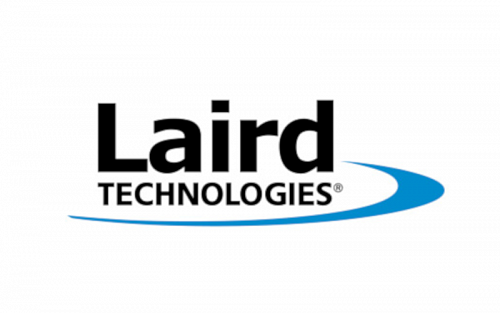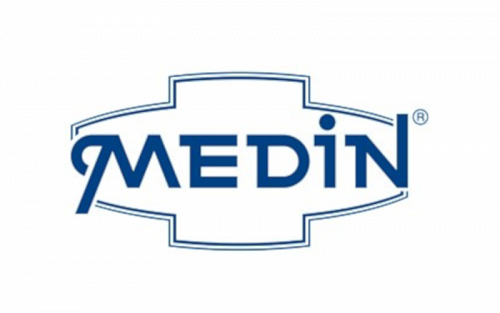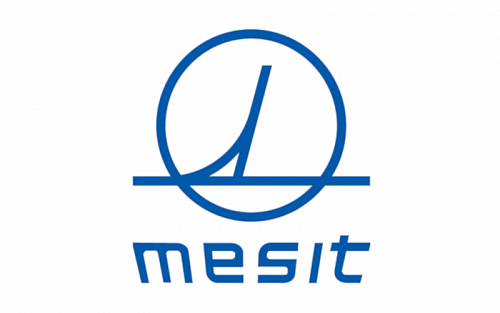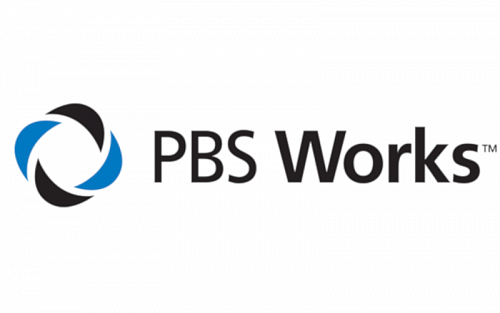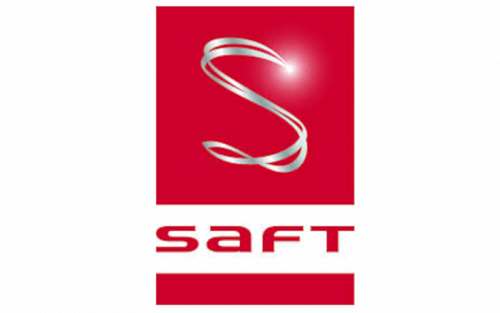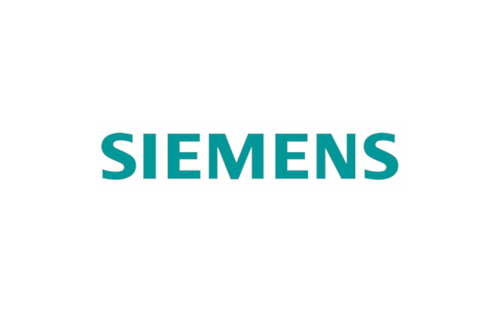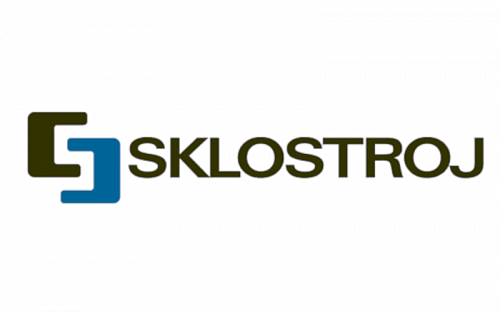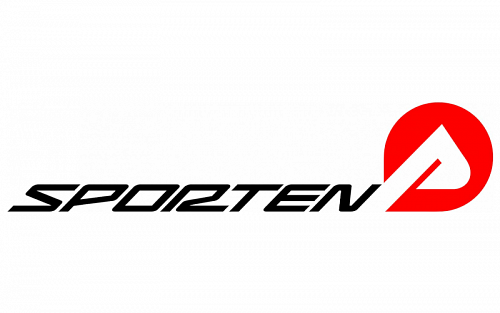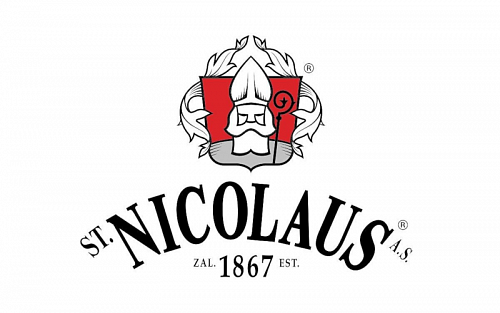The vision of future industrial development is described as the so-called Fourth Industrial Revolution, or Industry 4.0. This new world will contain “smart factories” that consist of intelligent machines that communicate with each other.
In today’s world, machining centres use predefined programmes to receive materials, change tools and carry out preset operations. Manipulators effortlessly position and attach parts to assemblies while automatic welders weld with such accuracy that it makes professional welders jealous. Machines and equipment however typically form isolated units that communicate with their environment only in a limited sense. This is where the upcoming change is going to occur. According to the Industry 4.0 concept, machines will be ever more capable of perceiving their environment, self-configuration, self-diagnosis and communicating with each other. Materials, parts and products will include chips allowing them to be identified anytime and anywhere. There will be Big Data repositories of knowledge and experience in the Cloud. 3D printing technology will enable quick production of unique components as and when required.
An enterprise information system will be a kind of ecosystem that sets the overall operational strategy of the enterprise while also containing the rules of behaviour for the individual entities within it. These entities will possess their own intelligence as well as the ability to decide and learn and will communicate with each other as well as with the enterprise information system, as and when necessary.
In order to facilitate this, six underlying principles must be developed:
Interoperability – the ability of the people and entities within a company to communicate with each other via the Internet of Things (IoT) and the Internet of Services (IoS). The IoT and IoS mean that each machine, product, material, transport device, company department etc. will be interconnected via the Internet and able to call for any service
Virtualisation – the ability to interconnect physical systems with virtual models and simulation tools
Decentralisation – a great deal of the management and decision-making will be performed autonomously in the individual subsystems
Real time – everything will take place without any lag
Service Orientation – systems and programmes will be built on Service-Oriented Architecture (SOA)
Modularity – systems will be able to be exchanged on a modular basis as well as reconfigured automatically according to requirements
For these principles to materialise, the following technological preconditions must be met:
- Computing power, data storage capacity and communication speed must grow exponentially
- All information is digitised
- Innovation is based on combinatorial analysis
- Everything is interconnected via the Internet
- Cybernetics and artificial intelligence continue to develop
As the volume of data transmission continues to grow to meet expanding communications requirements, regulatory systems will need to emerge to prevent network and server collapse in case of overload. However, smart machines and “talking” inventory cannot be expected to ensure the efficient operation of the company as a whole. The ERP system must ensure communication with the company’s business partners and use production planning to set rough queue targets for each machine resource. These will then decide on the detailed order of any operations to be carried out based on current availability before feeding this information back to the ERP system. The more self-adjusting entities capable of optimisation by mutual communication there are within the enterprise, the higher the risk of any unpredictable actions.
The ERP system will therefore need to monitor the actions of all connected entities, identifying any undesirable phenomena, as well as setting new targets for the entities to steer them back in the desired direction. It will also have to provide detailed control of devices with lower intelligence. Furthermore, identification of any inventory entering the company will also need to have the means to be able to communicate with the smart machines.







